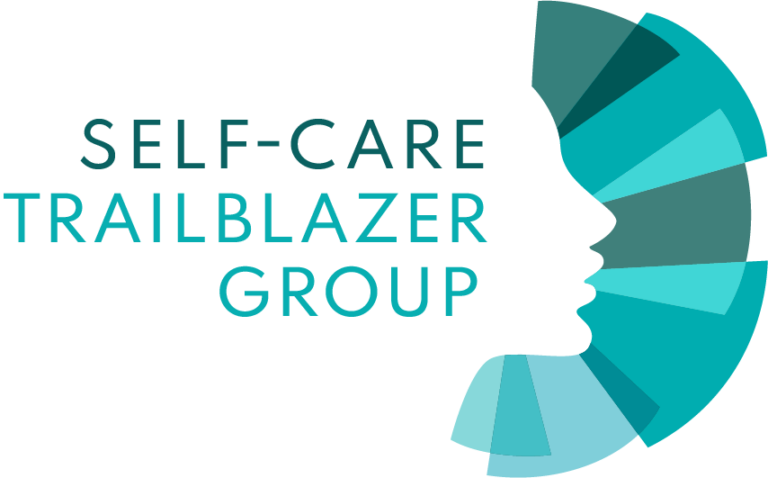This year, the SCTG Annual Member Summit focused on the impact of reduced donor funding and explored opportunities to position self-care as an innovative, cost-effective solution to mitigate reductions in essential health services and strengthen health systems. Faridah Luyiga, Chair of the SCTG Membership and Engagement Sub-Committee, moderated the Summit, which kicked off with presentations on the global impact of funding cuts from Sarah Webb, Senior Technical Advisor at the Reproductive Health Supplies Coalition and Carl Massonneau, Self-Care Technical Advisor at the World Health Organization.
Webb highlighted the significant impact of U.S. government funding cuts on global family planning efforts using the Global Family Planning Visibility and Analytics Network (VAN)—a platform that helps quantify procurement, identify gaps, and can estimate the impact of potential funding changes. The U.S. has historically contributed 24% of donor procurement, approximately $61 million annually – helping to maintain essential contraceptive stock levels in low-resource countries. The USAID funding loss widens an already existing annual commodity funding gap by $43 million, threatening access to key methods like injectables, implants, and condoms, especially in countries heavily reliant on U.S. aid, in which we are already seeing projected stockouts of key FP comodities that are critical to self-care interventions. Beyond commodity procurement, there is an unquantifiable impact on the broader supply chain services that U.S. support was covering, such like provider training, forecasting and quantiifcation and last-mile delivery. The loss of U.S. funding represents a substantial threat to the global family planning supply chain and urgent, coordinated stakeholder action is required to prevent significant gaps in access for women and girls—particularly in low-resource settings. Sarah wrapped up by sharing a set of recommendations, outlining how we can change and adapt commodity supply side systems to make them more resilient and sustainable:
Immediate Term (Now–3 months)
• Mobilize emergency funding
• Prioritize high-risk countries and critical products
Midterm (3–12 months)
• Reallocate existing resources
• Strengthen data-driven procurement and supply planning
Long-Term (12+ months)
• Build resilient, diversified supply chains
• Expand in-country funding and procurement capabilities
• Foster new donor partnerships and innovative financing models
Carl Massonneau, Technical Officer Sexual and Reproductive Health and Research from WHO, discussed how in addition to the negative impact on the delivery of essential health services, USAID funding cuts were overstretching fragile health systems. Globally, healthcare faces critical challenges including a projected shortage of 10 million health workers, rising out-of-pocket costs, increasing instability due to humanitarian crises, and climate change. Maternal mortality improvements have stalled since 2016, highlighting the need for resilient and equitable health systems. WHO promotes self-care interventions as a strategy to address these challenges and move toward universal health coverage (UHC), with evidence-based interventions and new technologies like HPV self-sampling and emergency contraception, offering new ways to meet healthcare needs, especially in underserved areas. However, this needs to be accompanied with guidance on how to support their implementation, leading to the development of recent publications such as the Digital Adaptation Kit for monitoring blood pressure during pregnancy, and protocols to identify barriers to self-care.
SCTG members had various opportunities to provide their inputs throughout the summit, including polls and interactive sticky note boards. Not surprisingly, given the current funding cuts, participant responses focused on the need for short term commitments to fill the current funding gaps for self-care products, positioning selfcare in the global development agenda and new financing mechanisms and long-term approaches to ensure continuity of funding for both SRH and self-care interventions.
Yet despite these significant impacts, the Summit also highlighted ways in which the future of self-care is bright, and how we can reframe the case for self-care as essential in this changing landscape. While SRH funding has reduced over the past 8 years, a recent policy survey reported a growing global adoption of self-care, with over 50 countries integrating self-care into SRH guidelines in the past 5 years. A few key examples include India’s integration of self-care kits in 150,000 primary healthcare centers and Burkina Faso’s integration of WHO self-care guidelines into national service delivery and scale-up of DMPA-SC through implementation science. The case for self-care is undeniable, as evidence shows that self-care interventions generate approximately $119 billion in monetary savings, additionally self-care saves over 10 billion hours of individual time and 1.8 billion hours of physician’s time annually.
Perhaps one of the most striking parts of the Summit was the poem submitted by youth member, Shonel Rena Lunkuse on how selfcare can pave the path, providing justic and empowering young girls and women to build meaningful bridges to integrate self-care practices into daily lives. Shonel left us with a powerful thought that “self-care is what will let girls dream, lead and love”.
Now is our time to truly leverage the transformative power of self-care, and position self-care at the center of a changing global landscape. To learn more about how to advocate for and expand self-care policies at the national, regional and country level, become a member of the Self-Care Trailblazers Group and join the self-care movement.
